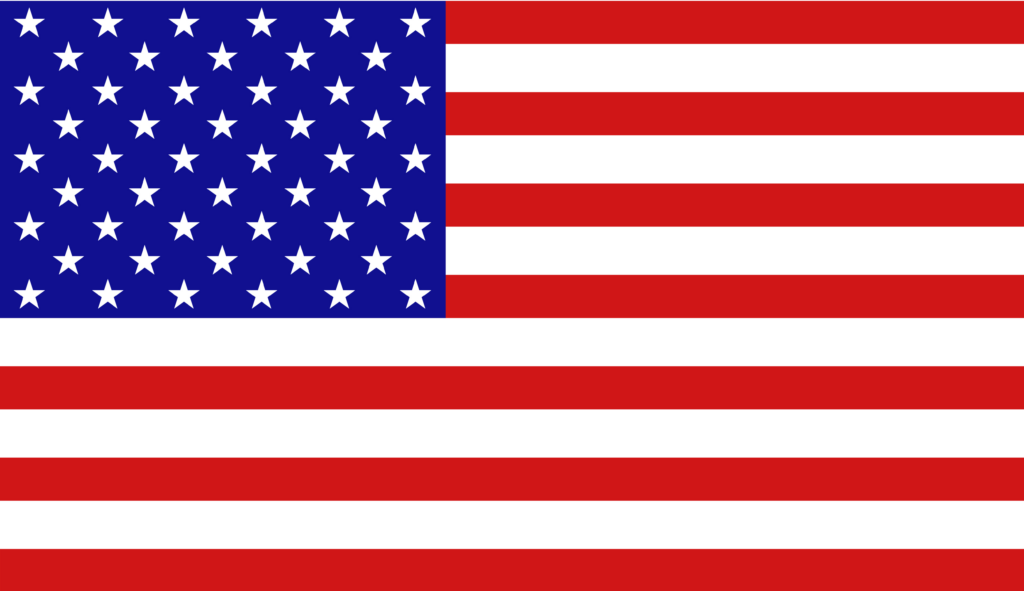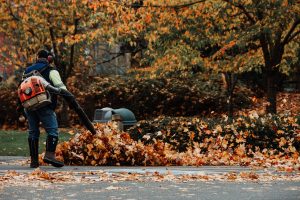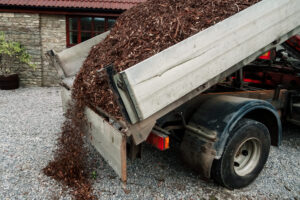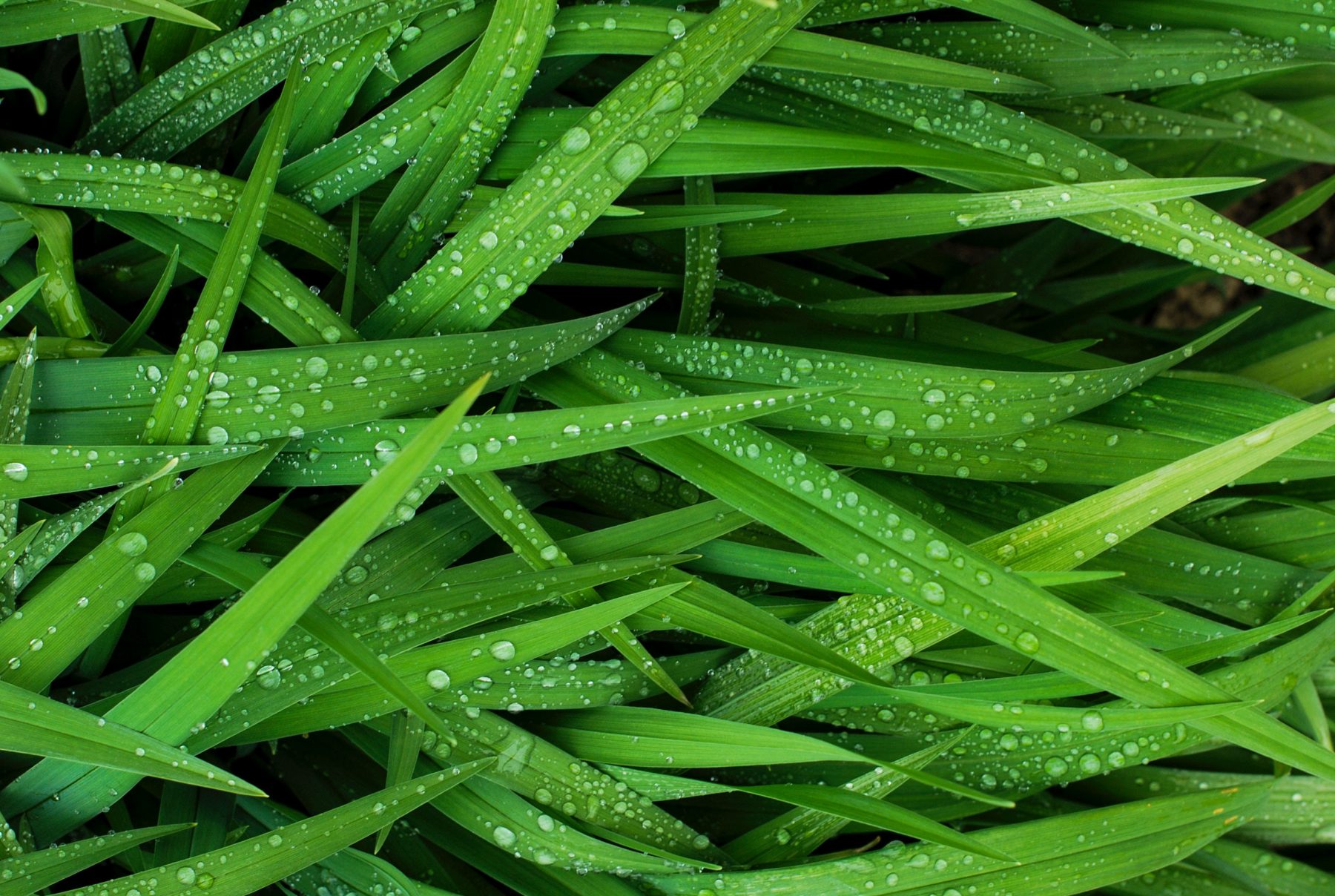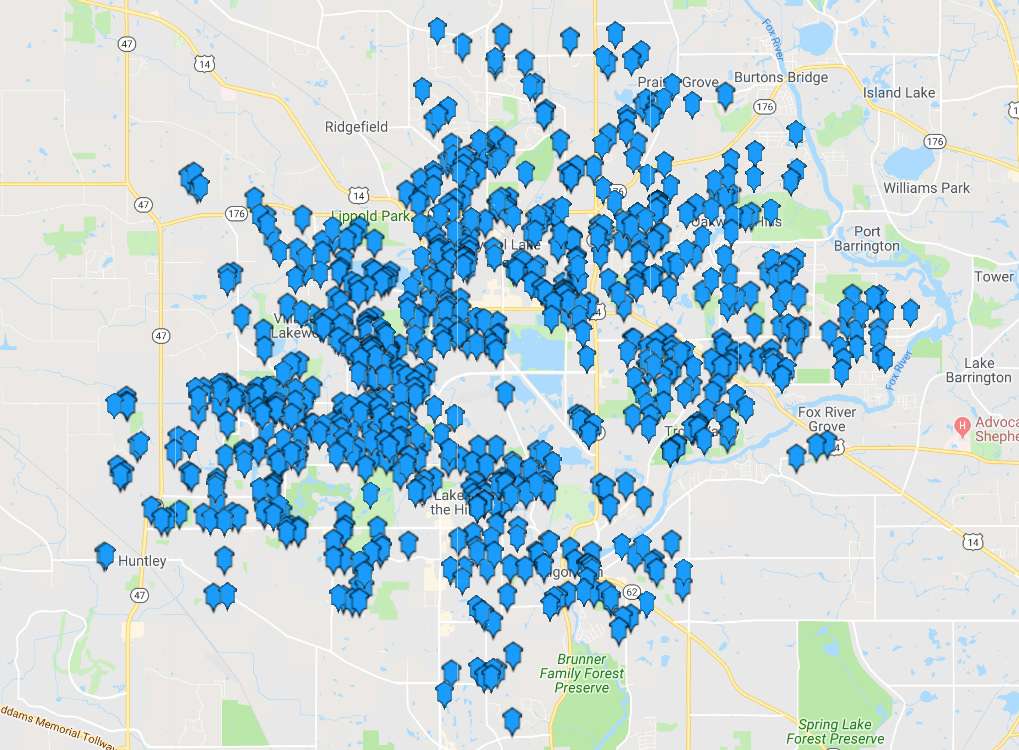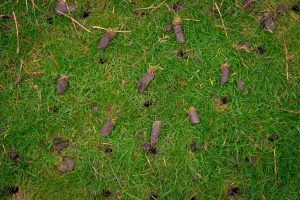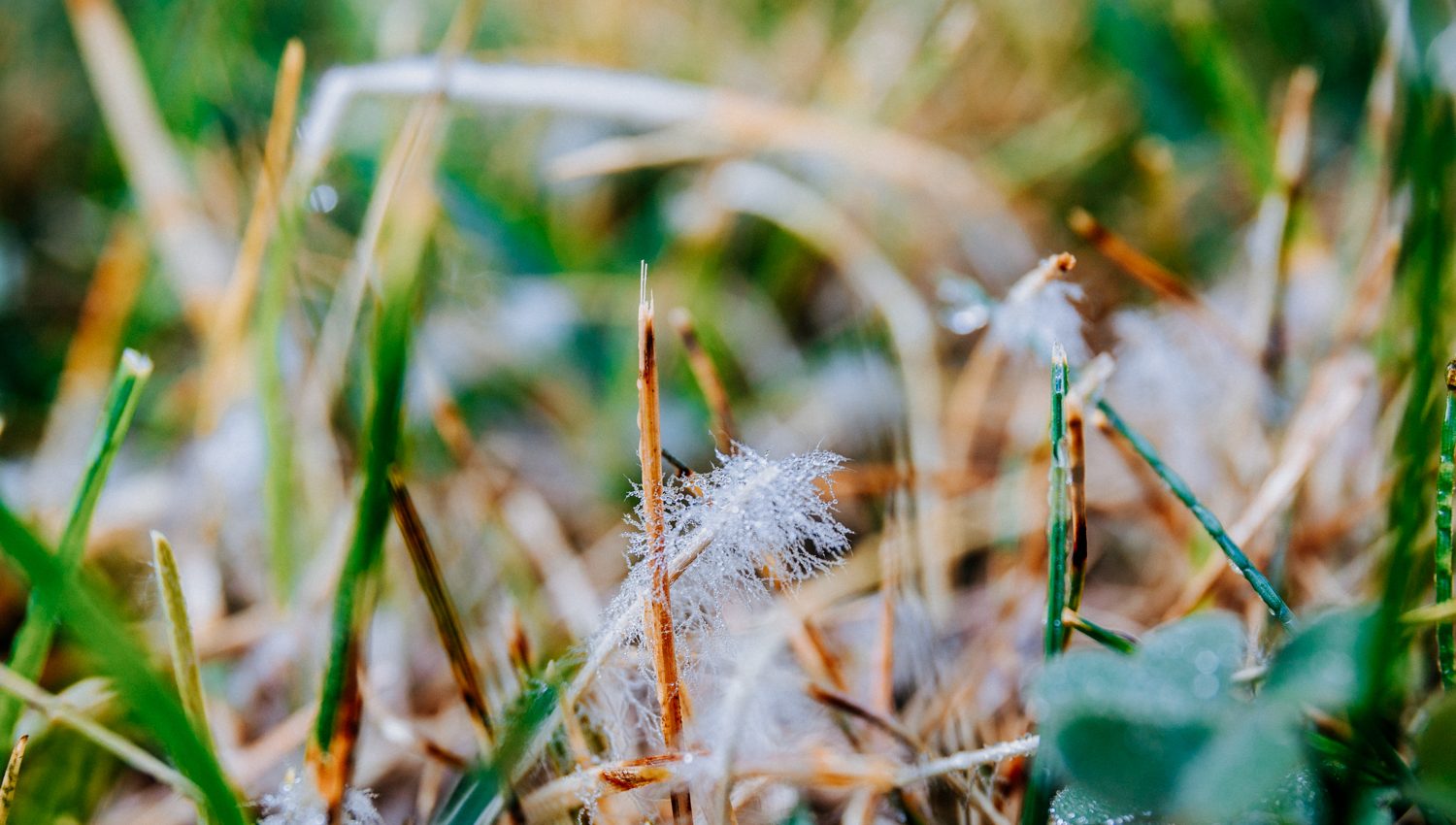
Identifying & Treating Dollar Spot Disease
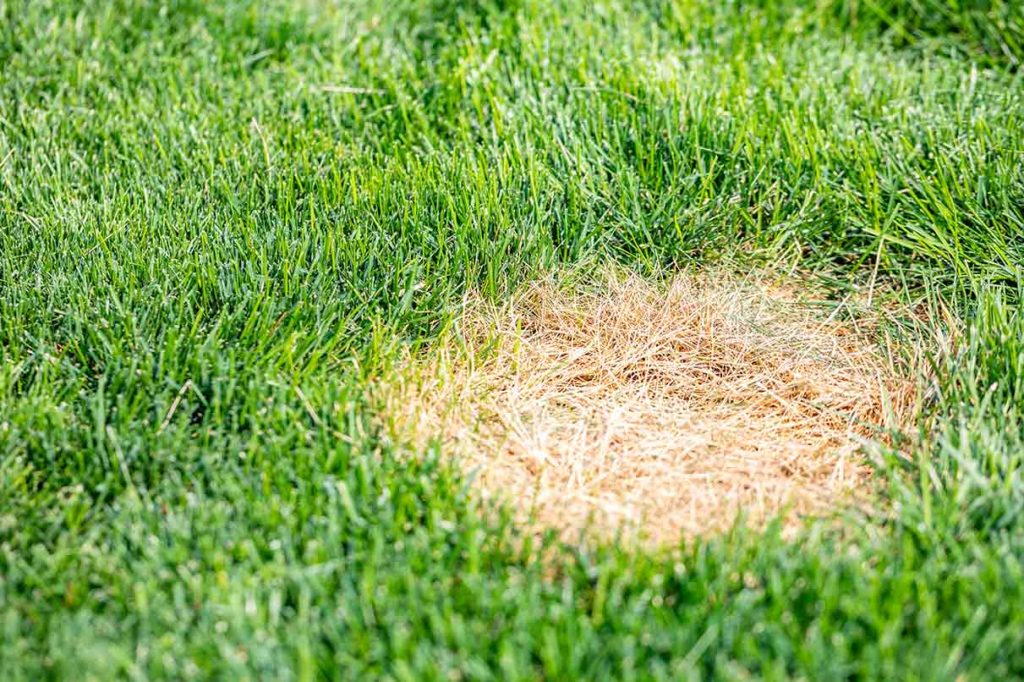
What Does Dollar Spot Look Like
Dollar spot initially appears in a circular shape that is roughly the size of a silver dollar, but infected areas often expand and merge together. Small, straw-colored patches can be found on the individual grass blades. Because of the similarities in appearance, dollar spot is often mistaken for brown patch, summer patch, or other patch-type lawn diseases.
Affected grass blades begin developing straw-colored markings that are typically surrounded by a brownish border. These markings begin at the tips of the leaf blades and slowly work their way down to infect the entire blade of grass. Older lesions form into an hourglass shape on higher-mowed lawns, which is an easy identifier of dollar spot. Look for the identifiers listed below to help differentiate dollar spot from other lawn diseases:
- Silver dollar-sized patches
- Straw-like appearance
- Not just brown like other diseases
- Hourglass markings on tall grass
- Patches may blend together
- Larger patches appear sunken
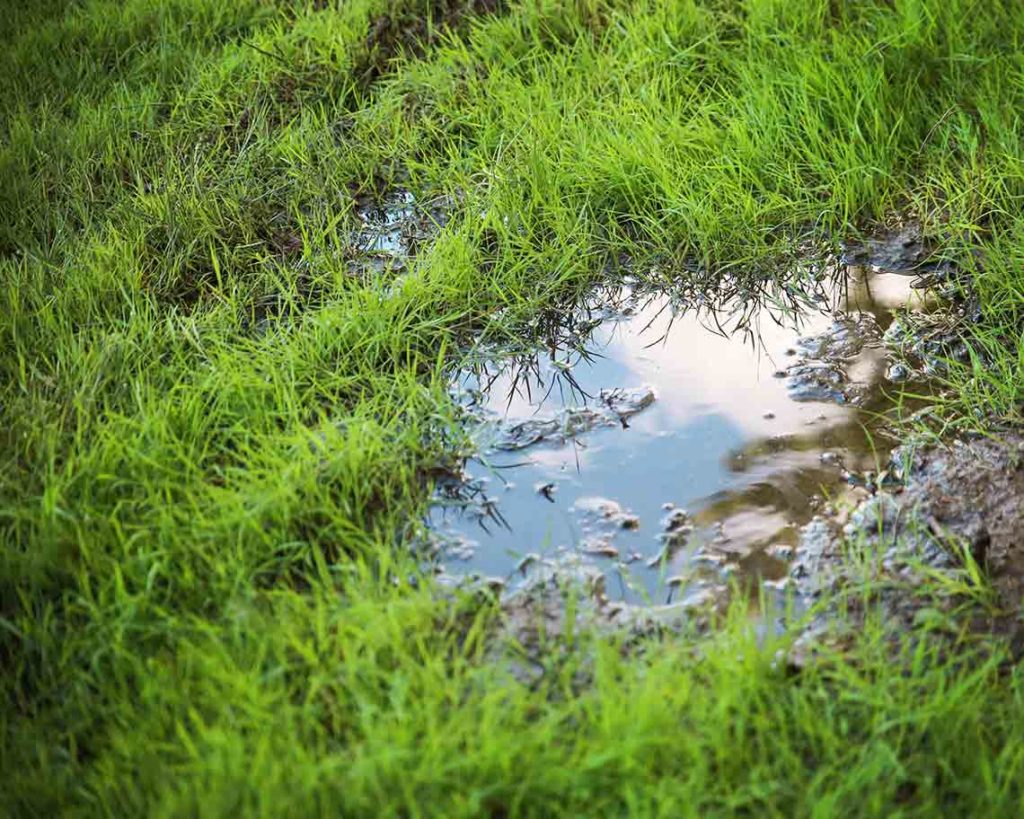
Historically, there has been a bit of debate about the fungus responsible for dollar spot, but most experts believe the Clarireedia genus to be the culprit. Many of the fungi in this genus form at temperatures between 60-75 degrees Fahrenheit, but they can and will form outside of this temperature range if humidity is high.
The type of grass in your yard plays a big role in the development of dollar spot. Certain species of the Clarireedia genus attack only cool-season grass types, and others attack all grasses indiscriminately. Fine fescue, perennial ryegrass, and bentgrass are common grass types in Illinois that can be affected, but warm-season grasses like Bermudagrass or zoysiagrass are also susceptible. Below is a list of a few common causes of dollar spot:
- Wet Turf In Cool Nights
- Drought Stress
- Heavily Shaded Areas
- Low Mowing
- Poor Drainage
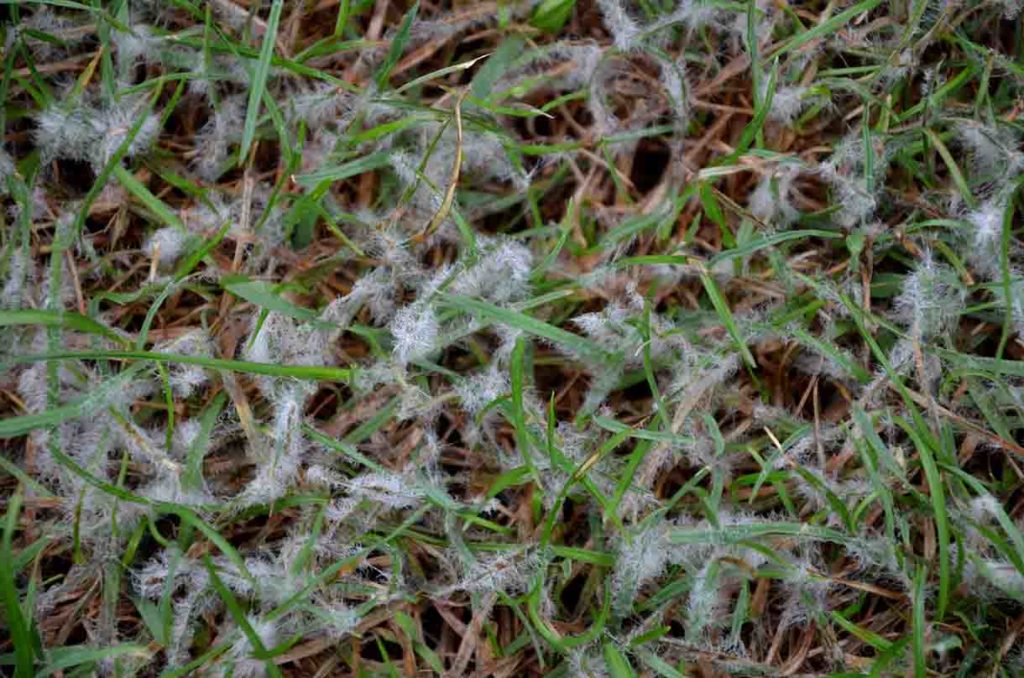
Mechanically/physically transferring dollar spot from one area of your lawn to another is the most common way this disease spreads. This can be done through mowers, shoes, pets, and other methods. However, the mycelium that forms across areas of your lawn that are infected with dollar spot account for even more aggressive expansion of this disease.
Dollar spot fungi will replicate and spread on their own if there is a suitable host within reach. Mycelium from the invading fungi spreads across the tips of grass blades, especially when there is excess moisture present. This mycelium will appear as a light, cotton-like material that spans gaps between glades of grass, and it is often said to look similar to a cobweb. Any area of your lawn that is infected with dollar spot will likely spread if corrective measures are not taken.
Does Dollar Spot Kill Grass?
As is the case with most foliar lawn diseases, dollar spot will not directly "kill" your grass. Foliar diseases attack only the leaves of plants (grass blades), and they leave the roots and crowns of grass alone. However, the damage caused by dollar spot could lead to other complications, which could then end up killing your lawn. Weeds will have an easier time taking root in spots where grass has thinned, and your lawn will be more likely to experience drought damage and erosion.
Ready To Sign Up? Get Your Quote
Looking to get signed up for service? Learn more about our current services & quickly get a quote for your property.
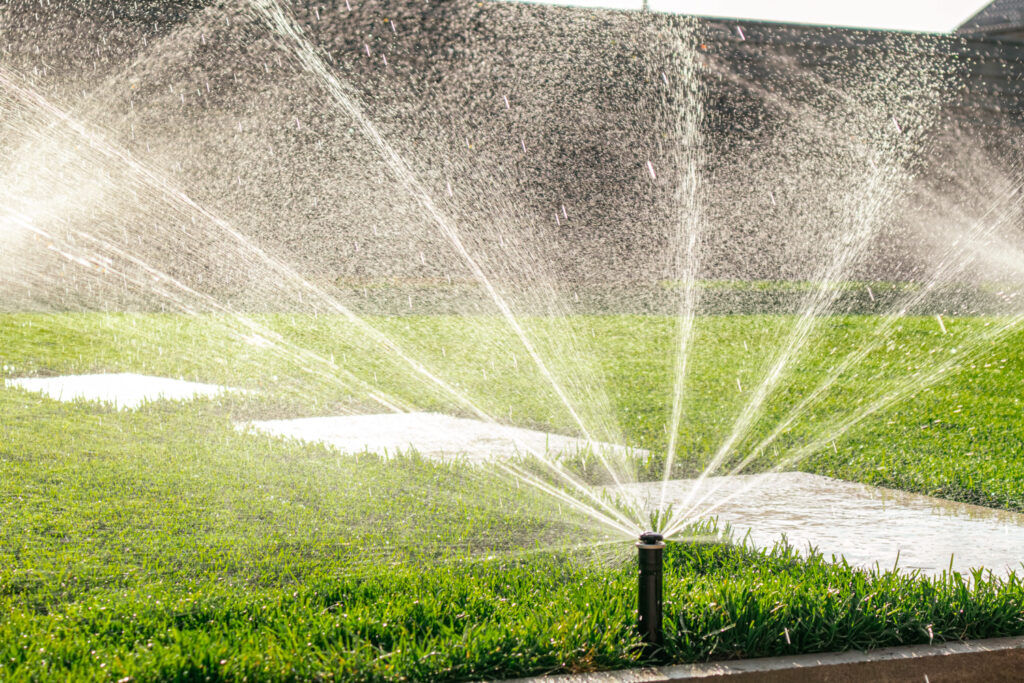
How To Control Dollar Spot
Without question, prevention is always easier than curative treatments when it comes to lawn disease. Many fungal lawn diseases seek out struggling lawns, and dollar spot is no different! Avoiding excess moisture is the best way to prevent dollar spot because this disease thrives in wet, humid conditions. Follow the tips below, and you should have a lawn that is free from dollar spot throughout the growing season.
Water In The Morning:
As stated, dollar spot thrives in excess moisture, especially when that moisture coincides with cooler temperatures. Watering as early in the morning as possible is the best way to make sure your lawn is dried and hydrated before nightfall.
Mow Carefully:
Uncleaned blades and/or improper mowing practices are infamous for spreading dollar spot. Always clean mower blades before every use, and keep your lawn near 3 inches tall for the best defense against disease.
Use Season-Appropriate Fertilizers:
Low nitrogen levels are believed to be linked to dollar spot, so it is important to make sure you are fertilizing appropriately for each season and grass type. Check labels carefully to ensure that your lawn gets enough nutrients at the right time of year.
Seed With Tolerant Grass Types:
The different species of fungi within the Clarireedia genus attack different types of grass. Incorporating multiple seed types in the same lawn is a great way to deter a single type of fungus that could turn into dollar spot.
Rake Those Leaves Immediately:
Wet leaves should be removed immediately after they fall into your yard to prevent excess moisture. Fallen leaves are often sick and spread disease to a healthy lawn, which makes it even more important to rake them up!
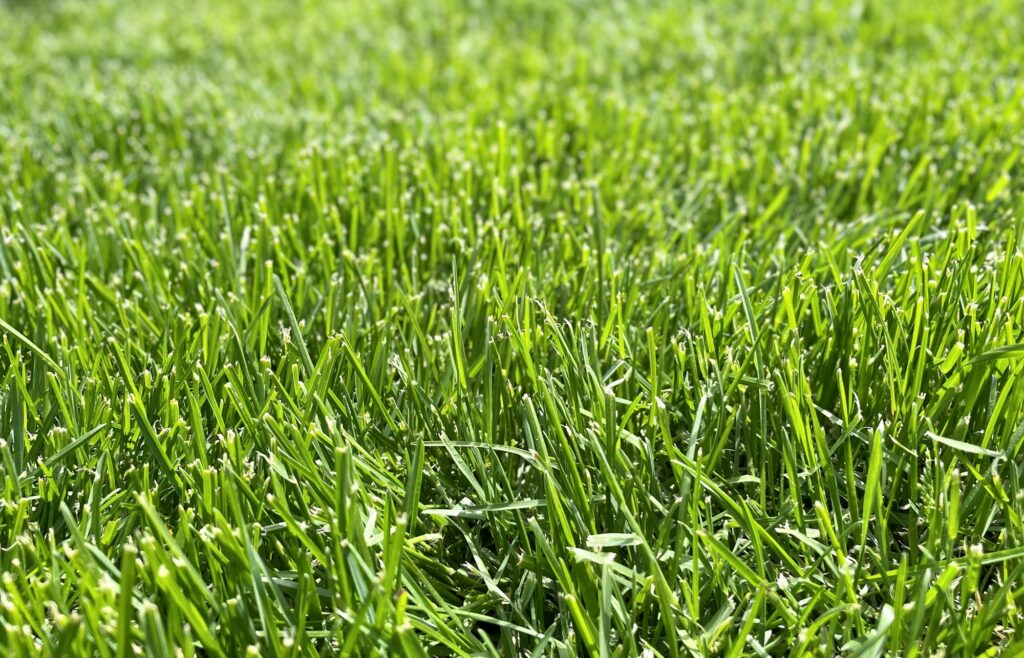
While curative treatments are not nearly as effective as preventive maintenance, there are still some options available to you if your lawn is dealing with a severe infection. Propiconazole and azoxystrobin are common ingredients in fungicides used to treat dollar spot. These chemicals can be sprayed directly onto infected turf, but you must be careful not to apply too much, or everything green in your yard could suffer!
To be sure you are getting the best and most comprehensive disease control, call a professional lawn care company. The pros have years of experience dealing with fungicides, so you don’t have to worry about damaging your lawn due to inexperience. Call Elite Lawn Care or your local lawn care company today, and take back your turf!
Start Your Quote Today! Getting Started
Get your weekend back & simplify your life this season. Trust Elite Lawn Care for your Lawn Care, Landscaping & Snow Removal needs.
-
1Choose Your ServicesChoose the services your property needs throughout the year.
-
2Set Up & Finalize Your AccountFill out the form & one of our team members will contact you.
-
3Discover The DifferenceServices are automatically scheduled, completed & billed.

